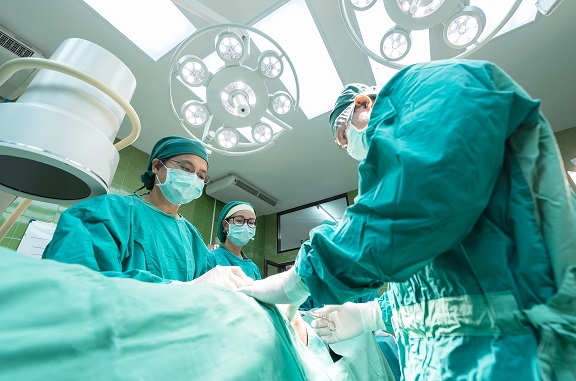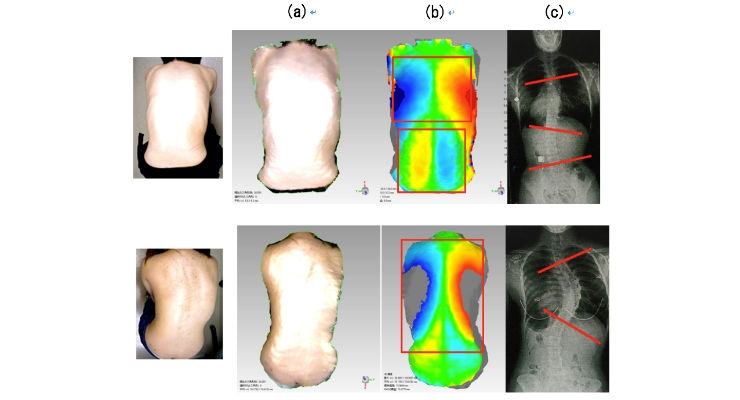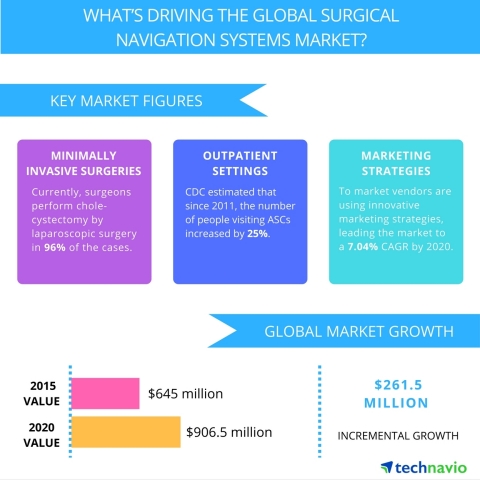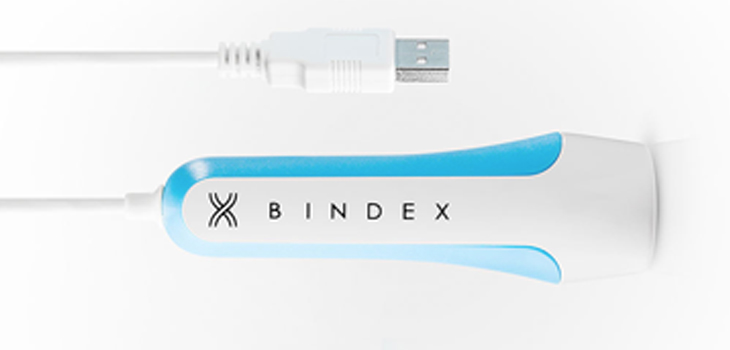23rd November 2016
Junyoung Ahn (Department of Orthopedic Surgery, Rush University Medical Center, Chicago, USA) and others report in The Spine Journal that continued surgical experience in the context of minimally invasive lumbar decompression, with or without discectomy, is associated with reduced operative times and reduced hospital stay, but not improved clinical outcomes. They conclude that a minimally invasive lumbar decompression could, therefore, be performed safely without prior experience.
According to the authors, minimally invasive spinal surgery procedures “carry an inherently difficult” learning curve “based on anecdotal evidence”. Noting that few studies have investigated the learning curve associated with minimally invasive laminectomy or laminotomy, with or without discectomy, they sought to “describe the surgical curve” of this technique using a prospectively maintained surgical registry “with the largest surgical series by a single surgeon to date”.,,
In a primary analysis, the initial 50 consecutive patients of 228 who underwent a level one or two minimally invasive lumbar decompression (with or without discectomy) by a single surgeon were compared with the remaining 178. “Perioperative parameters (preoperative visual analogue scale scores, procedural, estimated blood loss, and length of hospital stay) were assessed between cohorts. Postoperative visual analogue scale (VAS) scores and complications were also compared between cohorts,” Ahn et al report.
Both procedural time (52.2±2.2 minutes versus 39.4±19.8 minutes; p<0.001) and length of hospital stay (22.1±25.4 hours versus 15.2±15 hours; p<0.01) were significantly reduced in the second cohort.
Furthermore, the authors comment: “Pearson correlation coefficient demonstrated that the case number is related to decreased surgical time (r=0.23; p<0.001) and decreased length of hospitalisation (r=0.12; p=0.08).” They add that their findings are consistent with those of a study that suggested the learning curve for minimally invasive lumbar discectomy was between 25 and 100 cases, commenting that—in the present study—the “procedural time plateaued following 50 cases, signifying the learning curve of the minimally invasive lumbar decompression”.
However, estimated blood loss, VAS scores, body mass index, complication rates, and recurrent herniation rates (index and adjacent levels) were similar between cohorts. “The rates of reoperation at the index level did not differ between the first and second cohorts (12% versus 8.4%, respectively).
No differences were demonstrated in the rates, indications, and the type of second surgery between cohorts. In addition, no differences were demonstrated in the reoperation rates before and after 12 months following the index procedure,” Ahn et al comment. According to the authors, the recurrent herniation rates, for both cohorts, were “within range” of those reported in previous studies.
Furthermore, in a secondary analysis, Ahn et al compared the first cohort with 50 patients who had undergone open lumbar decompression (by the same surgeon). They found that open surgery was associated with greater procedural time, higher estimated blood loss and longer length of hospital stay, but had similar reoperation rates and 30-day readmission rates to the minimally invasive surgery patients.
Concluding their findings, the authors comment that they “do believe that the refinement of the technique occurs with time as evidenced by the lower reoperation rate (not statistically significant) in the second cohort” but add—given the comparable outcomes and safety between cohorts—that minimally invasive lumbar decompression may initially be performed “without prior experience”. “We believe this finding may be helpful and comforting for those surgeons contemplating the incorporation of minimally invasive surgical decompression techniques into their practice,” Ahn et al add.
Co-author Kern Singh (Chicago, USA) told Spinal News International, “There are many factors that may possibly affect the learning curve for different surgeons. One potential factor includes the amount of prior experience a surgeon has in performing both open and minimally invasive procedures. While it is logical to assume that a more experienced surgeon will have a reduced learning curve for new procedures, further study is necessary to confirm that notion. Multi-surgeon studies are required to better elucidate the effect of surgeon training and years in practice on the learning curve for minimally invasive procedures.”
Writing in an accompanying commentary, Choll W Kim (San Diego, USA) notes that the learning curve “remains a significant factor” affecting the adoption of minimally invasive spinal surgery technologies. He adds that an important aspect of the learning curve “that is often neglected” is the specific training to the surgeon in the operating room before the first case, noting “little attention has been given to the training and preparations of the surgical team for a specific new procedure”. According to Kim, the “skin-to-skin” programme—an intensive two-day course on minimally invasive surgery—focuses on performing procedures multiple times and initial results indicate that it is associated with an improved learning curve and could lead to greater adoption of minimally invasive techniques.
“It is reasonable to assume that the learning curve is not static; it can be affected in multiple ways: training, preparation, changes in equipment, technique modifications, and even identification of disease states and patient factors that make certain surgical procedures more or less difficult. To do this, measurement parameters of the learning curve must be established,” he states.










